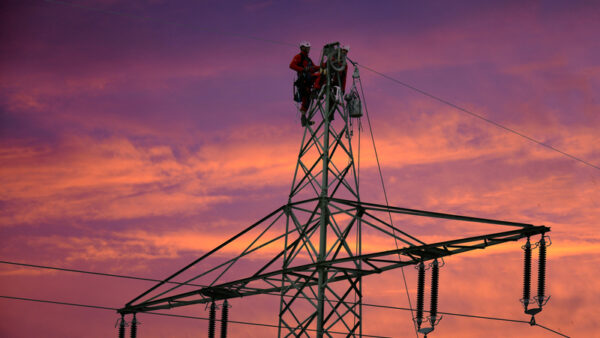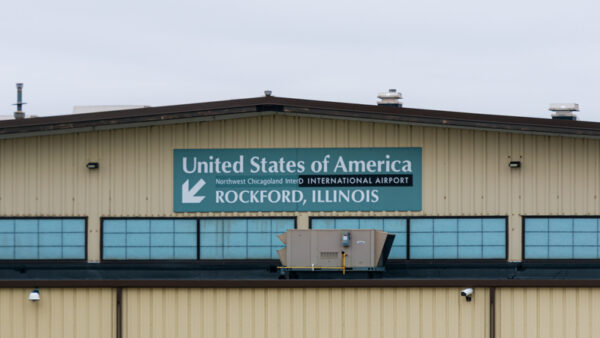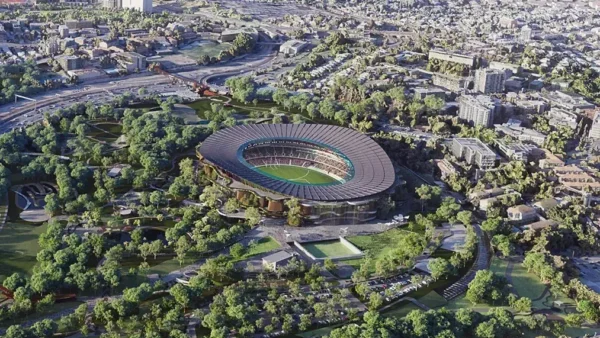A Canadian company is developing two huge facilities in California that will store energy in the form of compressed air in underground caverns. These will be used to offset the variable and intermittent nature of wind and solar plants added to the state grid.
Toronto-based Hydrostor is planning to build one in Kern County, north of Los Angeles, and one in the central region of the state. Together, the projects have a cost of more than $1.5bn. According to the company, “transmission interconnection, engineering and permitting activities are well under way” on the schemes.
Curtis Van Walleghem, Hydrostor’s chief executive, said in a press release: “Our technology utilises only existing, proven components that are repurposed from conventional power generation into an entirely emissions-free and low impact storage technology.
“Not only are we providing a clean, reliable and affordable long duration energy storage solution, but we’re also providing Californian workers and suppliers a more direct opportunity to be part of the clean energy transition.”
The plants are known as advanced compressed air energy storage units, A-CAES for short. They work by using off-peak renewable energy to compress air and funnel it into purpose-built caves. As the volume of the air decreases, its temperature increases, and this thermal energy is captured using heat exchangers and stored to reheat the compressed air before it is used to spin a turbine.
- Watch Curtis Van Walleghem explain Hydrostor’s approach …Â
Â
Until now, few A-CAES plants have been attempted. Hydrostor has been a leader in the field, however, having built a demonstration facility in Toronto in 2015, and the world’s first commercial plant in Goderich, Ontario, in 2019. The Goderich facility is able to supply up to 1.75MW of energy and can store more than 10MWh of capacity.
The California Public Utilities Commission has estimated that it needs up to 1.6GW of long duration energy storage by 2026 in order to increase the proportion of wind and solar energy in the state’s energy mix. The long-term goal is to generate all electricity from renewable or carbon-free sources by 2045.
Earlier this month, Hydrostor received $4m from Natural Resources Canada’s Energy Innovation Program and Sustainable Development Technology Canada to develop a 300-500MW A-CAES facility in Canada. The company said it has a pipeline of other plants that total more than 2GW of generating capacity in the US, Canada, Chile and Australia.
Image: Hydrostor’s graphic of the system’s layout
Further reading:






